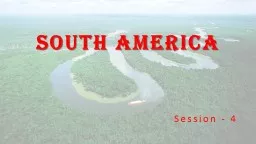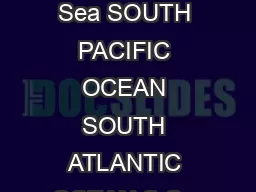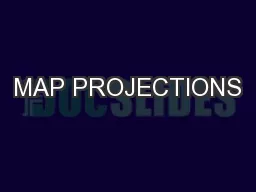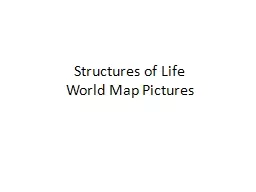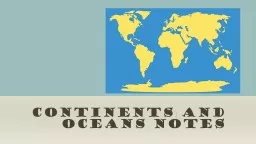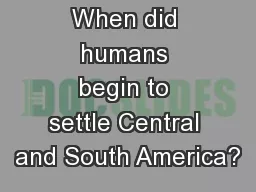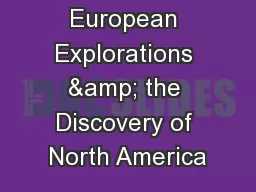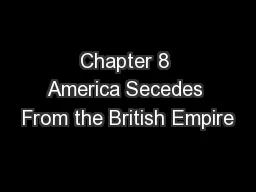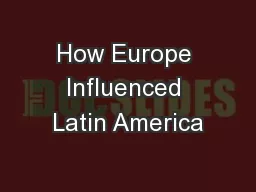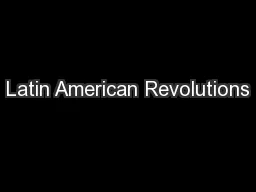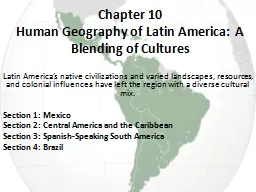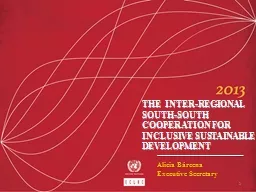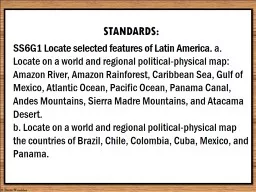PPT-SOUTH AMERICA
Author : celsa-spraggs | Published Date : 2016-11-10
Session 4 Session 4 Agenda Cover South America facts Major Landforms Rivers Historic information Major Countries and Cities Major National Parks and
Presentation Embed Code
Download Presentation
Download Presentation The PPT/PDF document "SOUTH AMERICA" is the property of its rightful owner. Permission is granted to download and print the materials on this website for personal, non-commercial use only, and to display it on your personal computer provided you do not modify the materials and that you retain all copyright notices contained in the materials. By downloading content from our website, you accept the terms of this agreement.
SOUTH AMERICA: Transcript
Download Rules Of Document
"SOUTH AMERICA"The content belongs to its owner. You may download and print it for personal use, without modification, and keep all copyright notices. By downloading, you agree to these terms.
Related Documents

